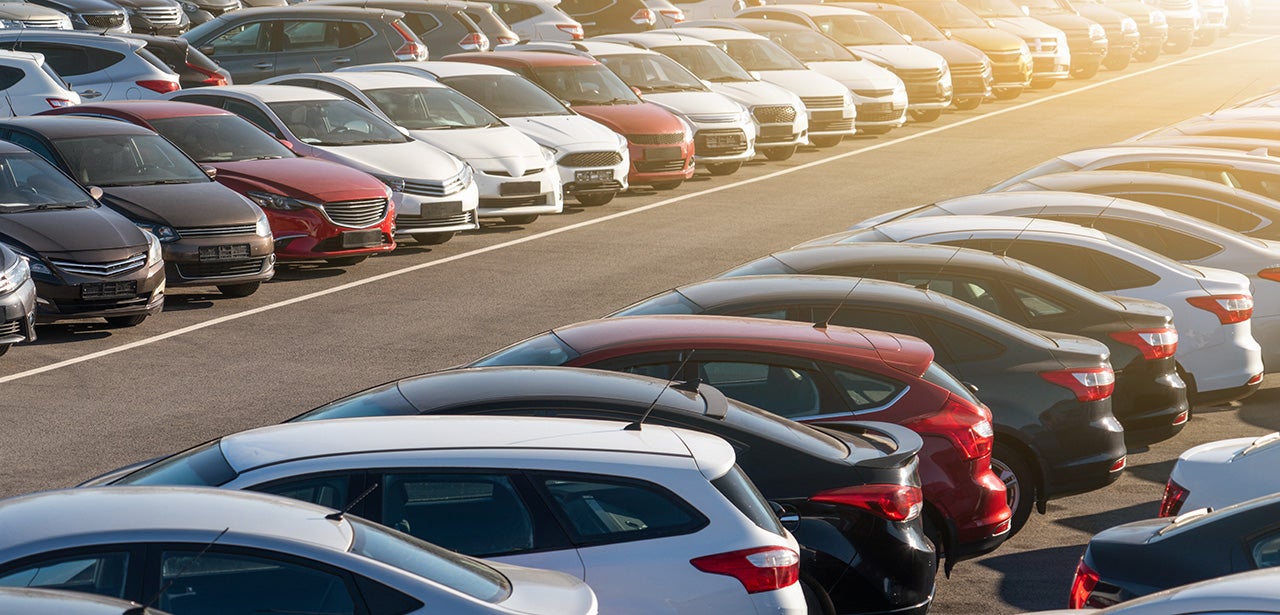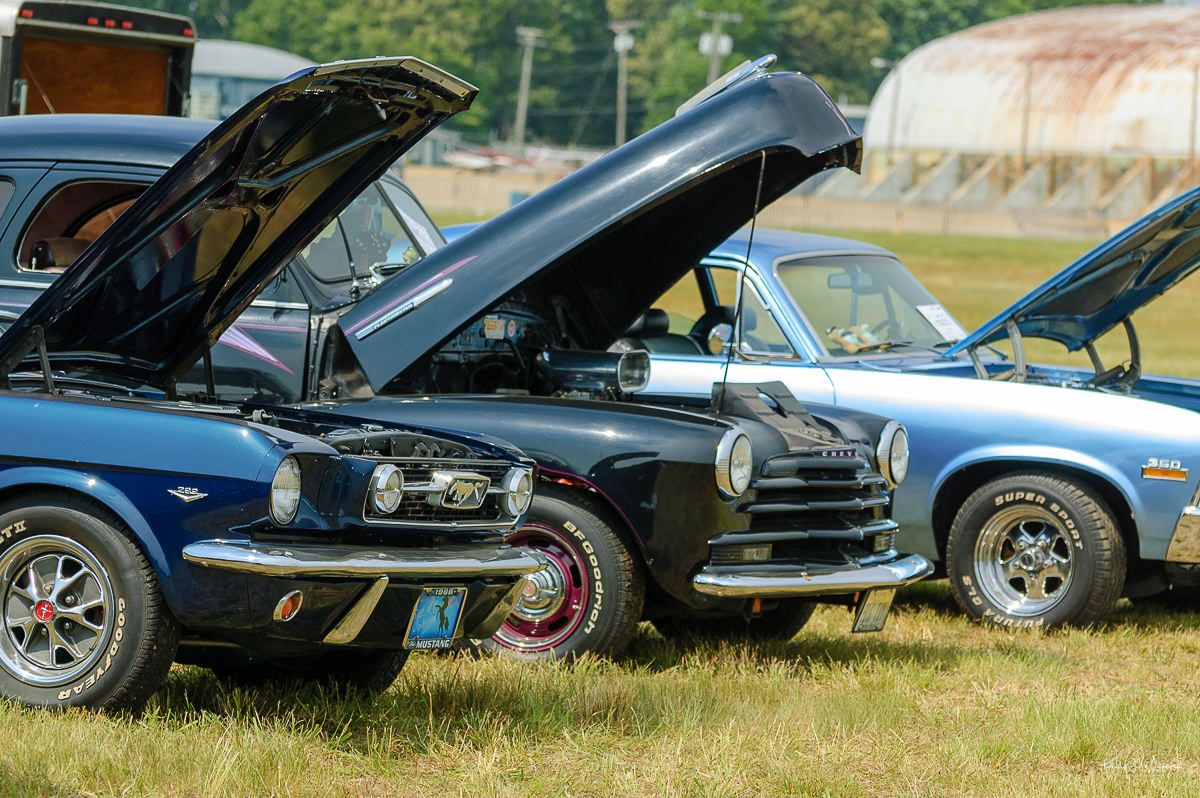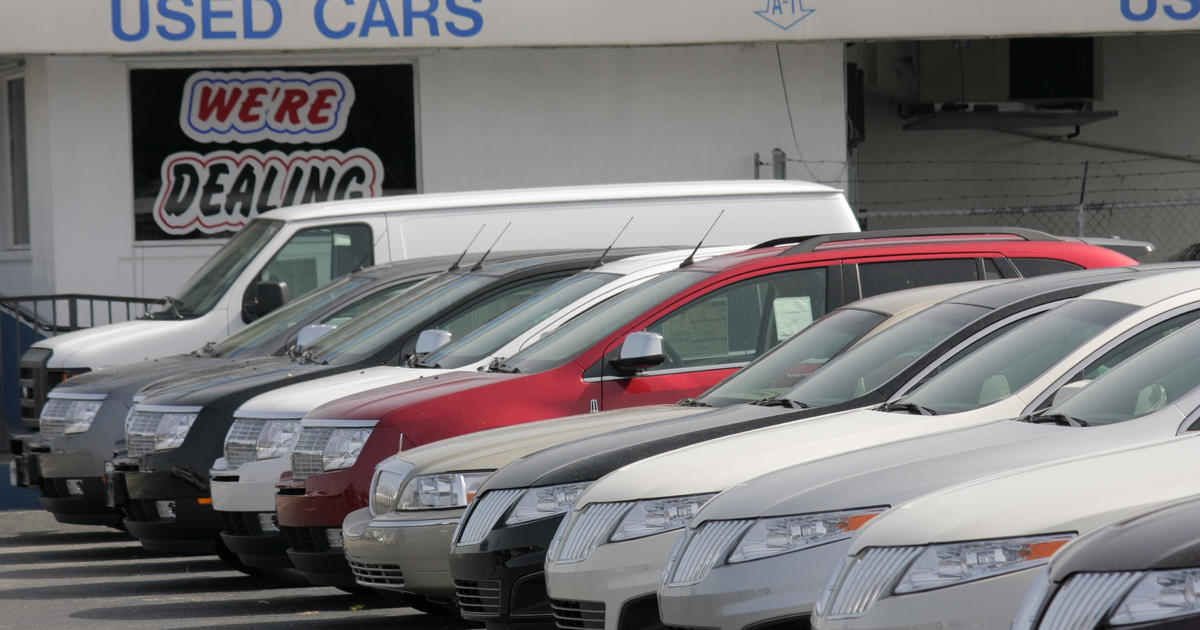
When it comes to purchasing a used car, the insights of a seasoned mechanic are invaluable. These professionals possess a unique perspective, having witnessed firsthand which vehicles consistently return to the repair bay and which ones maintain a remarkable absence from costly fixes. Their experience cuts through the allure of flashy marketing, attractive pricing, or sleek designs to pinpoint what truly matters: enduring reliability, manageable cost of ownership, and a vehicle’s ability to withstand the test of time and mileage.
This comprehensive guide delves into models that mechanics frequently caution buyers against, offering data-driven insights based on real-world repair patterns rather than isolated incidents or superficial reviews. We aim to empower consumers with actionable information, helping them navigate the complexities of the used car market to avoid financially draining mistakes. Understanding the underlying issues of certain models can prevent future headaches and significant unexpected expenses.
Our focus is on equipping you with the knowledge to make informed decisions, ensuring your next used car purchase is a smart, dependable choice that offers peace of mind. As the experts consistently emphasize, in the realm of used cars, practical experience and a vehicle’s actual track record of durability and maintenance requirements far outweigh any initial visual appeal or a seemingly low sticker price.
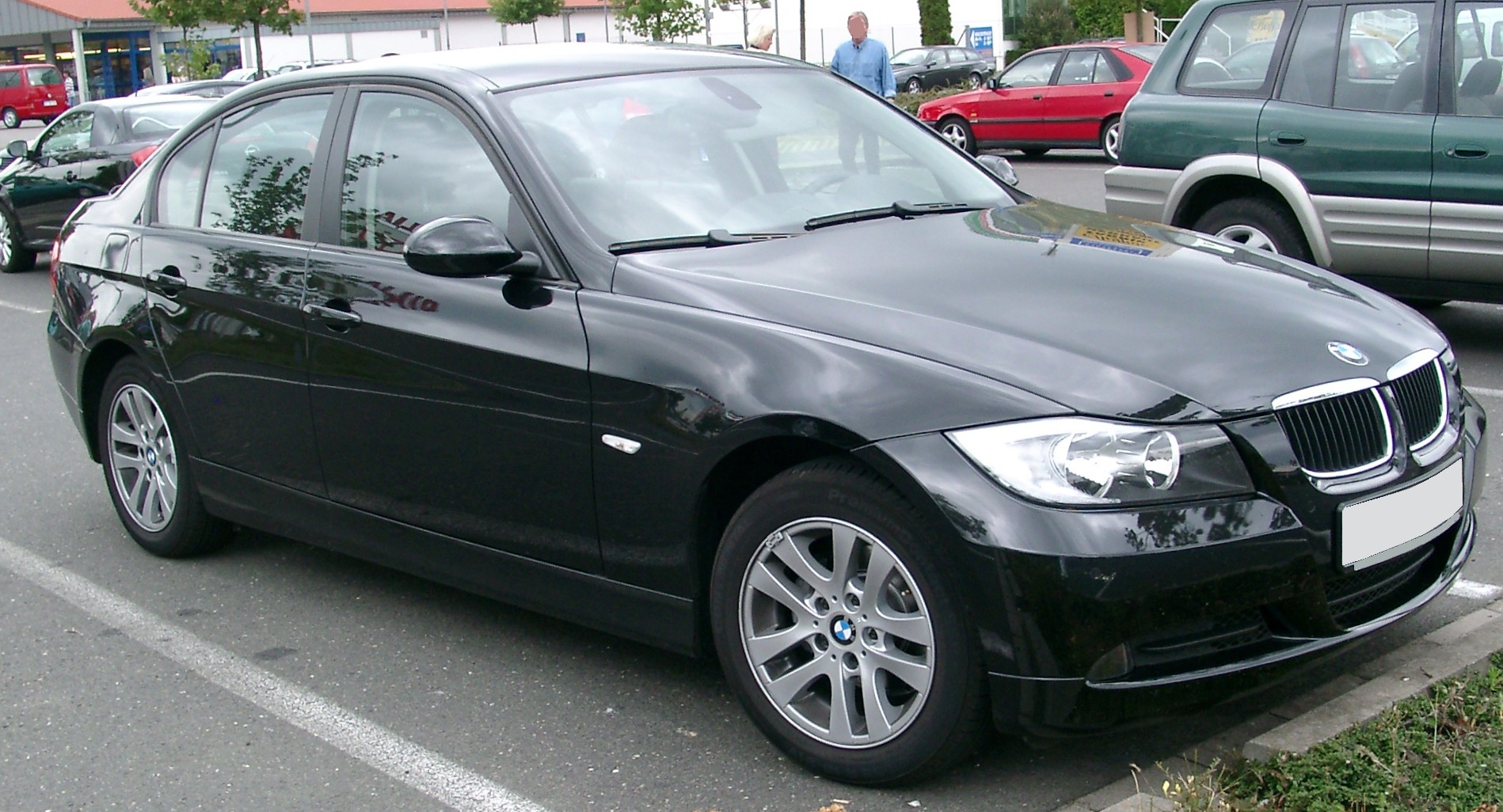
1. **BMW 3 Series (2006–2013, E90 Generation)**The BMW 3 Series, particularly the E90 generation spanning from 2006 to 2013, often symbolizes entry-level luxury and engaging driving performance. Its premium features and dynamic handling frequently entice buyers seeking an upscale experience on the used market. However, independent mechanics often present a starkly different narrative, routinely advising customers to avoid higher-mileage examples of this specific generation.
The core of the problem often lies with its engines, particularly the N52 or the turbocharged N54/N55 variants. These powerplants are notoriously susceptible to a range of recurring and expensive issues. Common complaints include persistent leaks from valve cover gaskets, premature failures of water pumps, and malfunctions within the VANOS solenoids, critical components for variable valve timing. Owners also frequently report problems with high-pressure fuel pumps, turbo wastegate rattle, and significant carbon build-up.
These extensive repairs are not only costly but tend to surface far earlier than expected, sometimes before the vehicle even reaches 80,000 miles. Beyond engine woes, the E90 generation is also prone to various electrical gremlins, affecting essential functions such as window regulators, central locking systems, and dashboard components. Even routine maintenance tasks like oil changes and brake replacements come with a significantly higher price tag compared to non-luxury brands.
Mechanics frequently observe these BMWs arriving for major repairs well before they hit 150,000 miles, with many ultimately being parked or sold off because owners simply cannot justify the ongoing costs to keep them operational. While the E90 3 Series delivers on performance and brand prestige, under the hood, it represents a minefield of potential issues that mechanics have learned, through costly experience, to steer clear of.

2. **Mini Cooper (2007–2015)**The Mini Cooper, especially models from its second generation (2007–2015), has a unique ability to charm buyers with its retro styling, distinctive personality, and ‘go-kart-like’ handling. Its upscale interior and compact, fun-to-drive nature make it an appealing choice for those seeking a premium compact car with character. Yet, behind this playful image often lies a reality of catastrophic unreliability, leading mechanics to strongly caution against these models.
The most significant and recurring problems originate from the turbocharged 1.6L engine, commonly found in the Cooper S and John Cooper Works (JCW) variants. This engine is plagued by a litany of serious design flaws and premature failures. Issues such as severe carbon buildup on intake valves, timing chain tensioner failures, water pump leaks, and cracks in the thermostat housing are alarmingly common. Many of these defects manifest before the 80,000-mile mark, often leading to repair bills that can easily surpass the car’s market value.
Adding to the ownership headaches are frequent transmission issues, particularly with the continuously variable transmissions (CVTs) found in earlier base models, and premature clutch failures in manual transmission vehicles. Electrical problems, ranging from malfunctioning power locks to infotainment system bugs, also contribute to the Mini Cooper’s reputation for high maintenance. Mechanics consistently describe these cars as being complex and tightly packaged, which makes labor-intensive repairs even more expensive.
Mechanics frequently advise potential buyers to avoid used Minis unless they are dedicated hobbyists willing to undertake their own repairs or are prepared to budget generously for regular, costly shop visits. Despite their initial allure and seemingly affordable used prices, the 2007–2015 Mini Coopers often prove to be a false economy, quickly draining wallets through frequent, intricate, and pricey repairs, leaving owners with regret rather than joy.

3. **Dodge Avenger (2008–2014)**From 2008 to 2014, the Dodge Avenger presented itself as an enticing option in the used car market, boasting aggressive styling, a reasonably roomy interior, and a budget-friendly price tag. However, despite its muscle-car inspired aesthetics, experienced mechanics are unanimous in their advice: this particular midsize sedan should be avoided. The Avenger consistently ranks among the most problematic vehicles of its era, often proving to be a source of continuous headaches for owners and repair shops alike.
A primary source of concern resides under the hood. The standard 2.4L four-cylinder “World Engine” is notoriously prone to excessive oil consumption, overheating, and premature head gasket failure. The optional 2.7L V6 was even more problematic, frequently suffering from severe oil sludge buildup that could lead to complete engine failure well before 100,000 miles. Even the generally more reliable 3.6L Pentastar V6, while a stronger performer, was not immune, experiencing issues like rocker arm ticking and electronic throttle body malfunctions.
Beyond engine troubles, the Avenger is plagued by transmission problems, particularly rough shifting and early failure in its 4-speed automatic units. Suspension components are often subpar and wear out quickly, further contributing to a rough and unreliable ride. Interior build quality also leaves much to be desired, with materials showing premature wear and tear. Many of these vehicles begin to exhibit significant problems well before they reach the 150,000-mile mark, contradicting the expectation of basic longevity.
Mechanics frequently characterize the Dodge Avenger as a car that simply “wasn’t built to last,” noting that even relatively standard repairs, such as alternator or water pump replacements, can become unnecessarily complicated and labor-intensive due to design constraints. This consistent pattern of various failures, rather than isolated incidents, solidifies the Avenger’s reputation as a high-risk used car purchase. For those seeking dependable and affordable used transportation, a myriad of better, more reliable options exist.

4. **Fiat 500 (2012–2017)**The Fiat 500 arrived on the U.S. market promising quirky Italian charm, compact dimensions ideal for city driving, and a distinctive retro design that stood apart from its competitors. However, beneath its cute exterior and playful marketing, the Fiat 500, especially models from 2012 to 2017, quickly earned a reputation for frequent and frustrating visits to repair shops. For mechanics, the Fiat 500 has unfortunately become synonymous with a recommendation to “avoid at all costs.”
The overarching issue with the Fiat 500 lies in its inconsistent build quality and pervasive reliability problems. The 1.4L MultiAir engine is a common source of trouble, suffering from persistent oil leaks, issues with valve actuators, and an alarming frequency of check engine light illuminations. While designed to be small and fuel-efficient, this engine is often described as finicky and lacking the long-term durability expected by owners. Its automatic transmission, particularly the dual-clutch automatic found in the larger 500L variant, is notorious for harsh shifts, hesitation, and premature failure. Even manual models are not exempt, with common clutch problems adding to the list of woes.
Beyond powertrain concerns, the Fiat 500’s interior trim is known for rapidly deteriorating, electrical systems frequently glitch, and suspension components tend to wear out much faster than they should. Compounding these issues is the difficulty in sourcing parts, which can be both scarce and expensive, and the labor-intensive nature of repairs due to the car’s compact and often idiosyncratic design. This combination leads to unexpectedly high repair bills for what appears to be an affordable used car.
Mechanics often express their frustration with the Fiat 500, with many shops even opting to decline working on them due to the unpredictable nature of parts availability and the vehicle’s design quirks. While the Fiat 500 may initially appeal as a fun and budget-friendly used car option, it consistently lands at the bottom of reliability rankings, proving to be charming in appearance but devastatingly costly in the long run. For a city car that combines personality with genuine dependability, other options are significantly more advisable.

5. **Chevrolet Cruze (2011–2016)**The Chevrolet Cruze was General Motors’ endeavor to create a globally competitive compact sedan, offering a stylish and efficient alternative to established rivals like the Honda Civic and Toyota Corolla. However, models produced between 2011 and 2016, in particular, have garnered a poor reputation among mechanics due to a lengthy inventory of reliability concerns and a propensity for premature failures. While it might appear to be a sensible used car acquisition on the surface, the early Chevrolet Cruze models often hide significant and costly problems beneath its appealing exterior.
The primary culprit for the Cruze’s unreliability is its 1.4L turbocharged engine. This engine is infamous for a host of cooling system failures, including frequent coolant leaks, overheating issues, blown head gaskets, and failed water pumps. Many of these critical problems are known to surface remarkably early in the vehicle’s lifespan, often between 60,000 and 80,000 miles. Further compounding these issues are faulty thermostat housings and brittle plastic components within the coolant system, which represent pervasive and recurring failure points that mechanics frequently describe as a “cooling system disaster.”
Transmission troubles, especially with the 6-speed automatic, further exacerbate the ownership experience. Hard shifting, erratic behavior, and early transmission failures are not uncommon, and the associated replacement costs can be substantial. Beyond mechanical failings, owners also report issues with subpar interior build quality, rapid depreciation, and recurring electrical problems, which collectively paint a picture of a car that demands more from its owners than it delivers.
Mechanics frequently caution against the 2011–2016 Chevrolet Cruze not due to a single isolated issue, but because of the multitude of small, interconnected problems that quickly escalate into significant repair bills. Turbo failures, persistent oil leaks, and an almost routine illumination of the check engine light are common occurrences. From a mechanic’s perspective, these early Cruze models are notorious for generating repeated return visits to the shop, often for all the wrong reasons. For used car buyers prioritizing reliability and aiming to circumvent major repairs, the 2011–2016 Chevrolet Cruze represents a gamble that mechanics overwhelmingly advise against taking.
Building on our previous examination of used cars that frequently disappoint, we now turn our attention to another set of vehicles that expert mechanics consistently red-flag. These models, while sometimes alluring with their performance, features, or perceived value, often conceal a host of complex, costly, and recurring issues. Award-winning professionals, through years of hands-on experience, highlight how these cars can rapidly depreciate in value, becoming significant financial liabilities that drain owners’ wallets long after the initial purchase.
Our aim is to provide consumers with a deeper understanding of the inherent risks associated with these particular models. By shedding light on their specific reliability shortcomings, we empower buyers to make decisions rooted in practical experience and expert advice, rather than falling prey to misleading aesthetics or initial low price tags. This section details four more models that, according to the mechanics who know them best, are best avoided in the used car market to ensure peace of mind and financial stability.
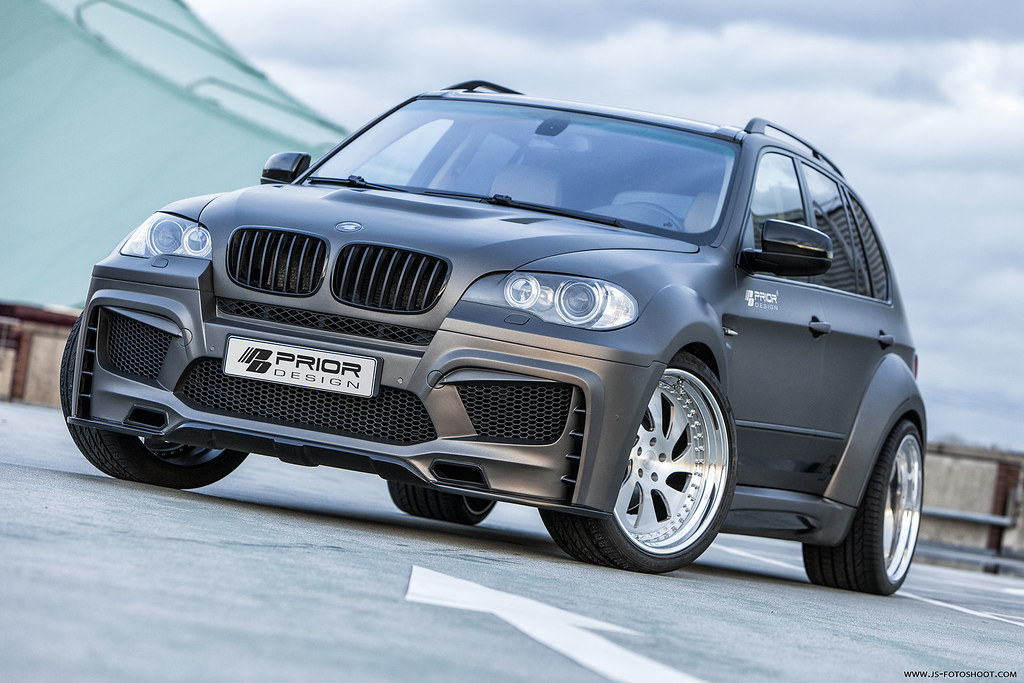
6. **BMW X5**The BMW X5 SUV is undoubtedly a symbol of prestige and often praised for its sporty handling, characteristics that draw many to the used luxury market. However, mechanics paint a considerably more challenging picture of the ownership experience, frequently describing it as frustrating and costly. Despite its upscale appeal, the practical realities of owning a used X5, particularly once it’s outside its warranty period, can quickly overshadow its initial allure.
According to automotive resources like CarBuzz, the BMW X5 is plagued by a series of significant and expensive-to-fix problems. Common issues include persistent oil leaks, which can signal deeper engine problems, an unreliable air suspension system that is both prone to failure and costly to repair, and frequent electronic malfunctions. These issues collectively erode the vehicle’s long-term dependability and add considerably to its maintenance burden.
Greg Damon, host of KMOX’s “At Your Service” and a recipient of the 2007 Ultimate Golden Mechanic Award, specifically highlights the inherent challenge with European cars like BMWs: their repairs become exceptionally complex and prohibitively pricey once they are out of their factory warranty. This complexity is compounded by the specialized knowledge and tools often required, making routine fixes anything but routine.
CarExamer reports that many X5 owners are often taken aback by the difficulty in sourcing affordable parts, which can be scarce and expensive, and the challenge of finding local mechanics with the specific expertise needed for the X5’s unique and intricate systems. Ignoring seemingly minor problems like small oil leaks or ride issues can quickly escalate into repair bills totaling thousands of dollars, transforming this luxurious SUV into a significant money pit for buyers operating on a budget.

